
What is WEEE Testing and Evaluation?
As environmental protection gains increasing attention, the European Union's environmental directives are having a profound impact on related industries. Among them, the WEEE Directive (Waste Electrical and Electronic Equipment Directive) imposes strict requirements on the lifecycle management of electrical and electronic products. This article will provide an in-depth look at this important directive.
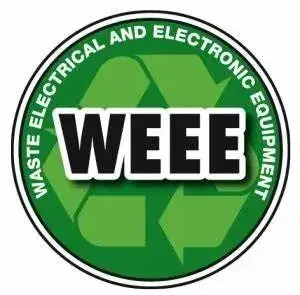
What is the WEEE Directive?
The WEEE Directive is a legal framework for managing waste electrical and electronic equipment (WEEE). The current WEEE Directive in the EU is 2012/19/EU, which came into effect on August 13, 2012. Its main objectives are:
- To REDuce the generation of waste electrical and electronic equipment.
- To promote the recovery, reuse, and recycling of WEEE.
Scope and Product Categories of WEEE
Since August 15, 2018, almost all electrical and electronic equipment (EEE) must be regULated according to six categories defined in Annex III of the directive. These categories are as follows:
Category 1: Temperature Exchange Equipment
This includes refrigerators, freezers, cooling product vending machines, air conditioning units, dehumidifiers, heat pumps, oil-filled radiators, and other equipment using non-water fluids for temperature exchange. Improper handling of these devices (e.g., refrigerant leaks) can significantly impact the environment.
Category 2: Screens, Monitors, and Equipment with Screens Larger than 100 cm²
This covers devices such as monitors, televisions, digital photo frames, portable computers, and laptops. Improper disposal of these products can result in harmful substances contaminating the soil and water sources.
Category 3: Lamps
This includes fluorescent lamps, straight fluorescent lamps, compact fluorescent lamps, high-intensity discharge lamps (including pressure sodium and metal halide lamps), low-pressure sodium lamps, and LED lamps. Improper disposal of products containing heavy metals like mercury can pose severe risks to the environment and human health.
Category 4: Large Equipment (any external dimension exceeding 50 cm)
Examples include washing machines, ovens, large medical devices, photovoltaic panels, and large printing machines. Due to their size, these products require more rigorous recycling processes to ensure resource recovery and environmental protection.
Category 5: Small Equipment (no external dimension exceeding 50 cm)
This includes items such as kettles, shavers, electronic scales, cameras, small electric toys, and other small electrical tools. Though individually small, the sheer volume of these devices means their proper disposal is equally critical.
Category 6: Small IT and Telecommunication Equipment (no external dimension exceeding 50 cm)
Examples include mobile phones, GPS devices, routers, printers, and other modern communication and office devices. With rapid product replacement cycles, the disposal of these products continues to increase. Components such as batteries and chips require special handling.
Solutions for Enterprises
1. WEEE 3R Recovery Rate Evaluation Report
Helps companies assess the performance of their products in terms of Recovery, Reuse, and Recycling (3R). This data supports improvements in product design and manufacturing processes to enhance recovery and reuse rates.
2. weee labeling Compliance Assessment
Ensures companies accurately understand and comply with the directive's requirements for product labeling, mitigating the risk of non-compliance due to incorrect markings.
3. WEEE Regulatory Consultation and Technical Support Services
Provides comprehensive regulatory interpretation and technical guidance to help companies establish robust WEEE management systems. From product design and production to sales and end-of-life recycling, this ensures full compliance throughout the entire lifecycle.
Email:hello@jjrlab.com
Write your message here and send it to us
 What Certifications for Wireless Products Exported
What Certifications for Wireless Products Exported
 Which Lab Provide Brazil ANATEL Certification Serv
Which Lab Provide Brazil ANATEL Certification Serv
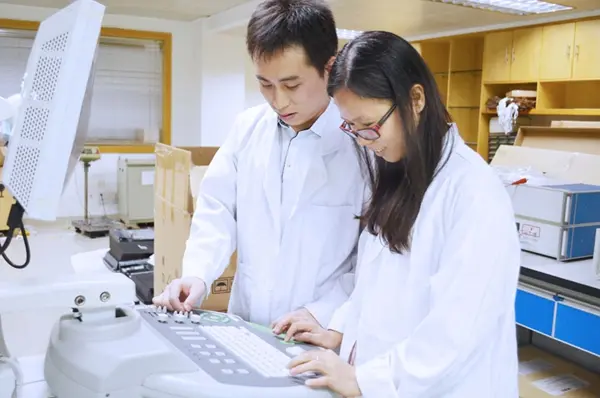 What is FDA Cytotoxicity Testing
What is FDA Cytotoxicity Testing
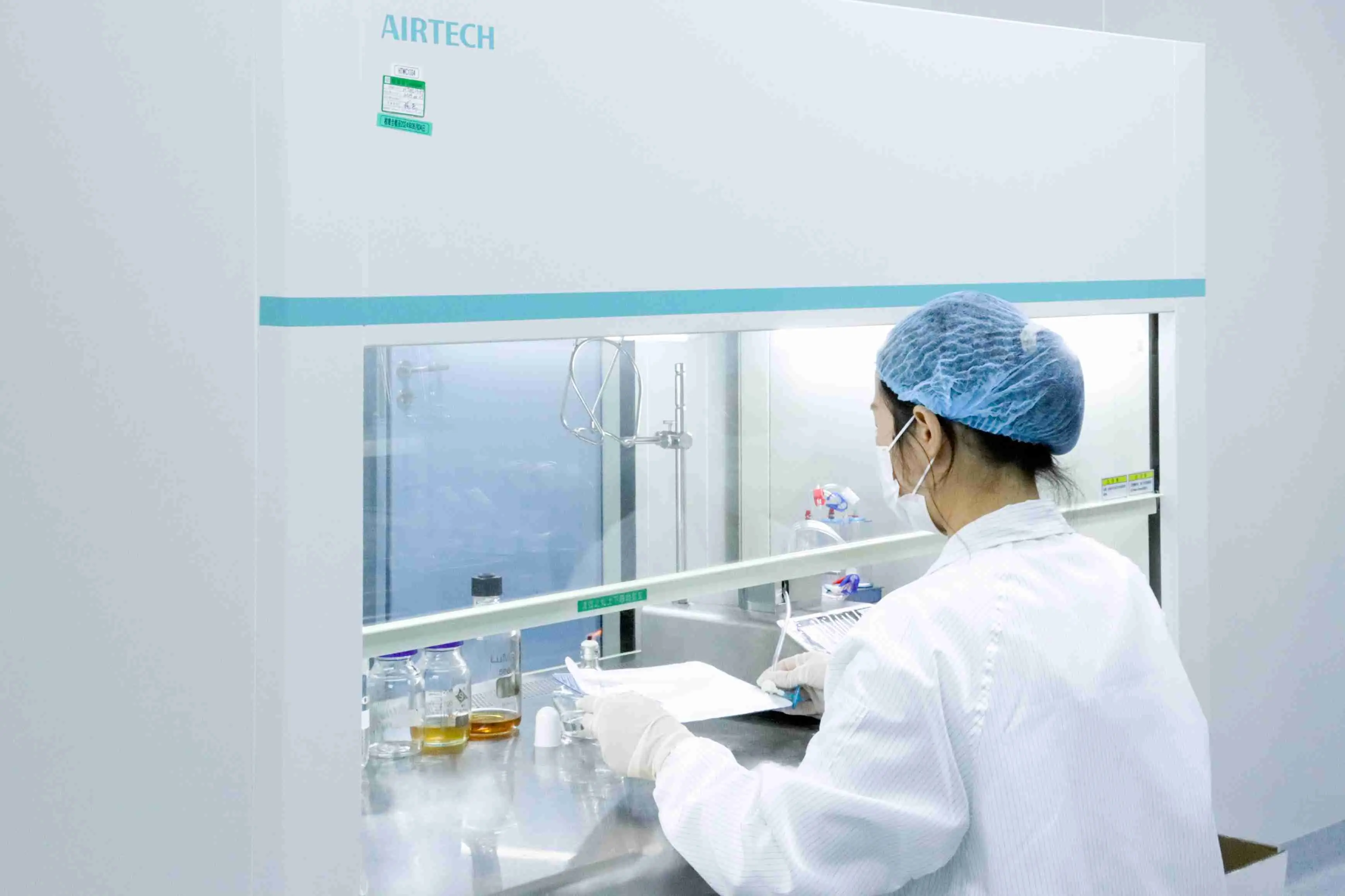 How Much Does a Cytotoxicity Test Cost
How Much Does a Cytotoxicity Test Cost
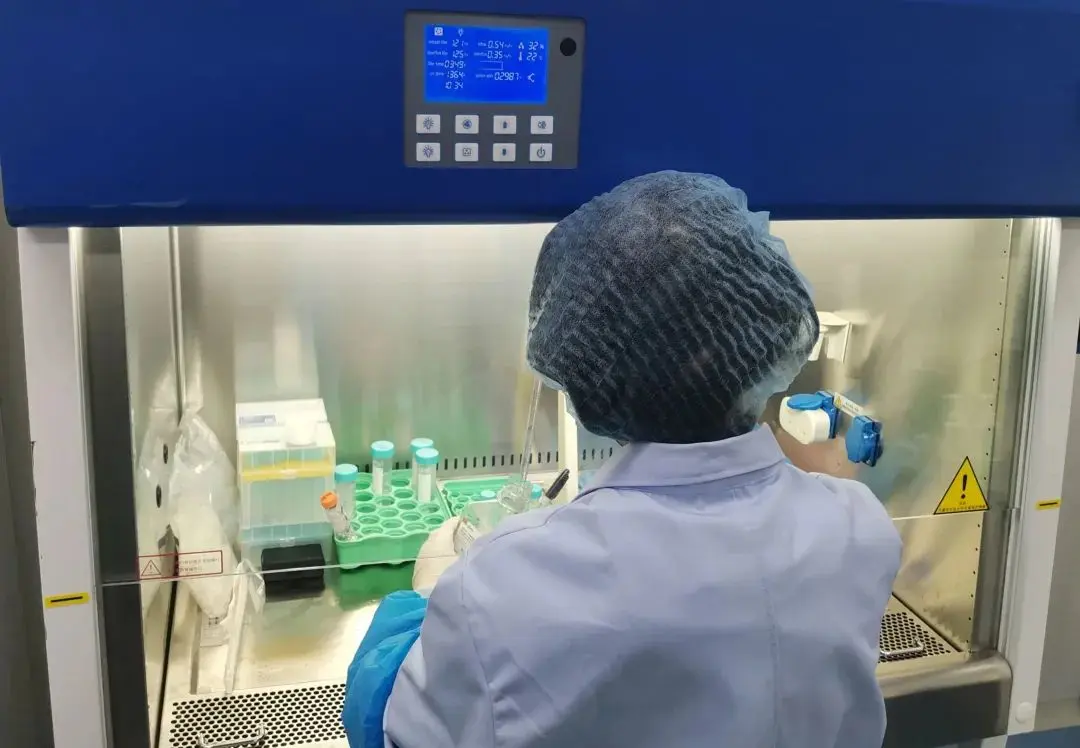 What is Biocompatibility Cytotoxicity Test
What is Biocompatibility Cytotoxicity Test
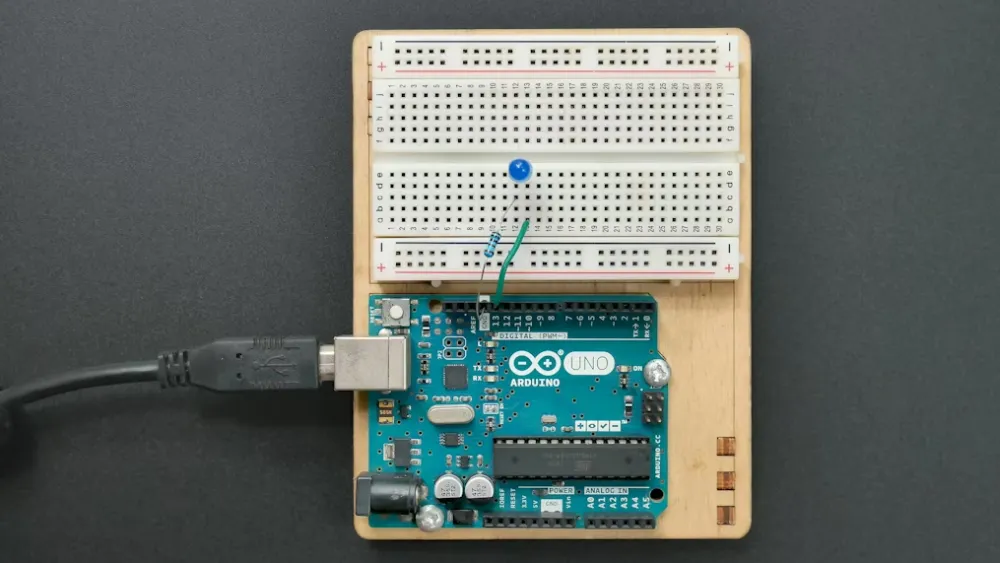 Global Cyber Security Compliance for Connected Pro
Global Cyber Security Compliance for Connected Pro
 What Certifications for Exporting Monitors to Euro
What Certifications for Exporting Monitors to Euro
 Bluetooth Headphones Exported to Australia Certifi
Bluetooth Headphones Exported to Australia Certifi
Leave us a message
24-hour online customer service at any time to respond, so that you worry!




